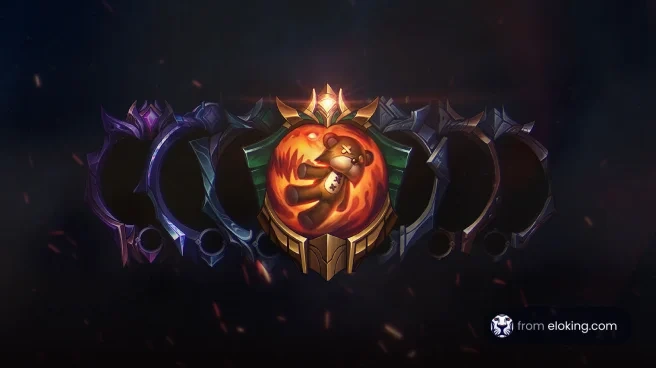
MR (Matchmaking Rating) is a hidden rating system used by League of Legends to determine the skill level of players. Unlike your rank, which is visible (e.g., Bronze, Silver, Diamond), MMR is not shown to players but plays a crucial role in matchmaking. Essentially, MMR helps ensure that you are matched with players of similar skill levels, providing balanced and competitive games.
1. Matchmaking: MMR is the primary factor that decides the opponents and teammates you face in games. Players with similar MMR will be put in the same matches, even if their ranks differ slightly.
2. LP Gains and Losses: Your MMR directly impacts the amount of LP (League Points) you gain or lose after each game:
If your MMR is higher than others at your rank, you’ll climb faster, and if it's lower, you’ll lose rank faster.
3. Promotion and Demotion: MMR influences how quickly you progress through ranks. If your MMR is much higher than your current rank, you’ll be promoted faster. Conversely, if your MMR drops significantly lower than your current rank, you might face demotion.
While Riot Games keeps the exact formula for calculating MMR confidential, it is based on:
Although MMR is hidden, players can use third-party tools to estimate the average MMR per rank. The following are approximate MMR values for each rank:
These values are only estimates and may vary slightly based on different servers and regions.
Since Riot Games does not display your MMR, you can use third-party websites to get an estimate of it. A popular tool is WhatIsMyMMR. It allows you to check your estimated MMR for Solo/Duo, Normal, and ARAM modes by simply entering your summoner name. Keep in mind that these tools provide estimates and may not be 100% accurate, but they can give you a good idea of where you stand.


